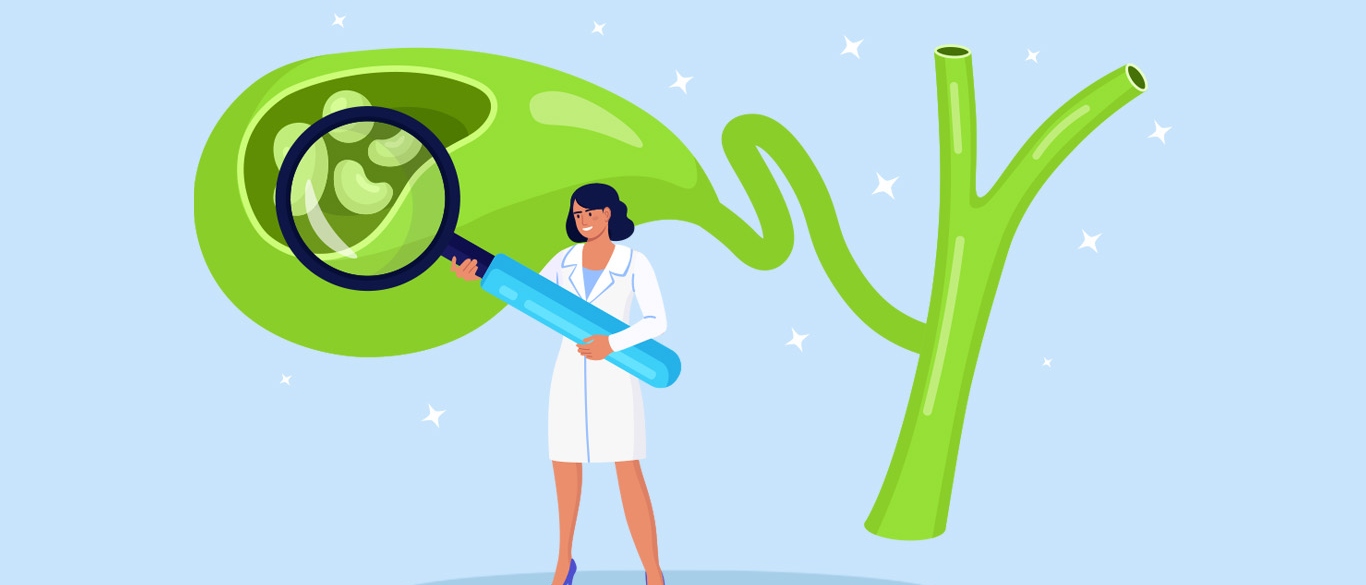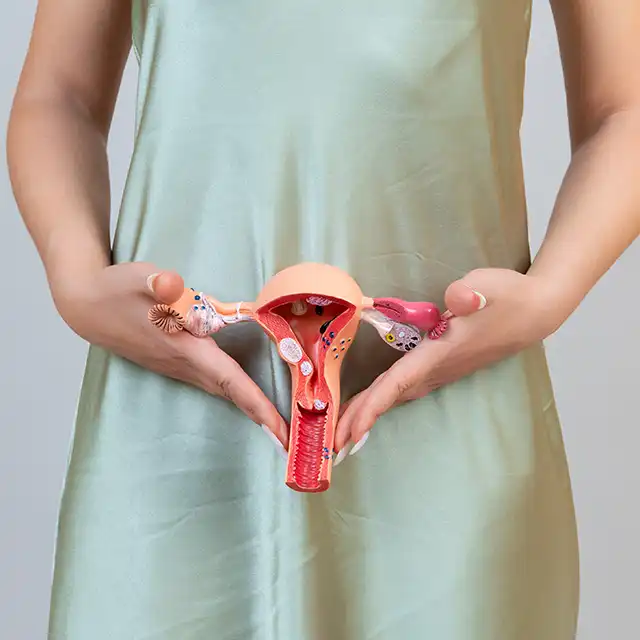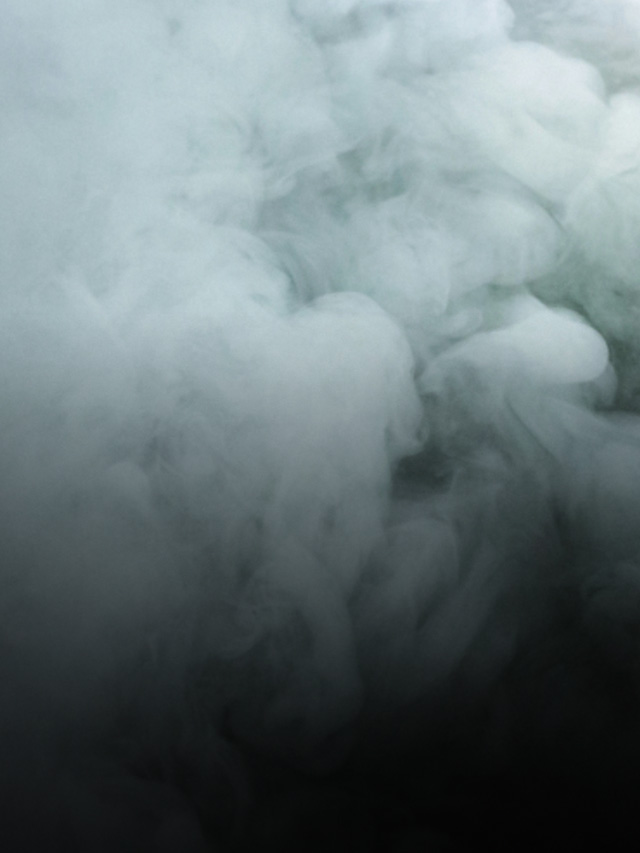
The human body has a small organ called the gallbladder below the liver. It stores bile, a digestion-aiding fluid produced in the liver, and releases it through ducts into the small intestine.
Gallstones are hard deposits that are formed in the gallbladder. They can be small, large, or both, and are normally painless with no symptoms, in which case they require no treatment. These are called silent stones.
However, when they block or get trapped in the ducts that transport them, they can trigger sudden pain in the right abdomen. This intense attack is called a biliary colic.
The medical name for gallstones is cholelithiasis.
Gallstones are of two kinds.
Cholesterol stones are yellowish, and are made of crystallised cholesterol.
Pigment stones are dark. They are formed from bilirubin.
Symptoms
When there is a blockage, there are some typical signs which are as follows.
- Sudden and rapid progressing pain in the right upper abdomen, and in the centre, below the breastbone
- Pain in the right shoulder and between the shoulder blades on the back
- Nausea and/or vomiting
- Belching and abdominal bloating
- Dark coloured urine and light-coloured stool
- Intense pain that does not allow the person to sit still; can lead to a medical emergency
- Jaundice (yellowing of the eyes and skin) and fever with chills
Causes
Most gallstones are formed due to one of the following reasons
- When there is a chemical imbalance in the composition of the bile stored in the gallbladder, the excess cholesterol in it leads to the formation of gallstones
- High levels of bilirubin also lead to gallstones. Excess bilirubin accumulation is caused due to several conditions like liver illness and biliary tract infections
- Bilirubin is a pigment which is formed when red blood cells are broken down. The liver pushes the bilirubin through the gallbladder and the intestines to be finally excreted as waste. Sometimes the gallbladder cannot empty all the bile, which then becomes concentrated and forms gallstones
Certain categories of people are at a higher risk of developing gallstones than others.
- Older people
- Those with a family history of gallstones, liver injury, or anemia
- People with diabetes, high cholesterol and lipid levels
- People diagnosed as obese and those who have undergone weight loss surgery
- People on certain antibiotics can develop gallstones as a side-effect
- Women – increased levels of estrogen during pregnancy (which leads to a rise in cholesterol levels in bile), hormone replacement therapy or regular use of birth control pills
Diagnosis
A thorough look at the medical history, and a physical exam will be the initial steps in the diagnosis.
- Blood tests will be done to detect signs of infection
- Through imaging: ultrasound images indicate the presence of gallstones. CT scans reveal most gallstones, even infections, and any blockage
- Endoscopy with dyes shows the ducts in the biliary system
- Magnetic Resonance Imaging or MRI spots detailed images of soft tissues and gallstones even in small ducts
- Cholescintigraphy uses a radioactive material to show the gallbladder and any blockage in it
Treatment
Oral medications containing bile acids to break up gallstones can also be given as advised by your doctor in case of smaller and cholesterol stones. But these medicines may have to be taken continuously for several months or years.
Routine treatment for gallstones, especially pigment stones, involves their surgical removal.
The doctor may try to break down the gallstones that can pass through the ducts. However, if it recurs, the doctor may suggest the removal of gallbladder.
Commonly, the gallbladder is removed as it is not an essential organ.
Cholecystectomy, as the procedure is called, can be performed in two ways.
- Laparoscopy, an outpatient procedure, involves multiple minor incisions and keyhole surgery
- Open cholecystectomy is done when there is severe infection or scarring from previous surgeries
There are a few temporary changes in bowel movements following cholecystectomy, like more frequent and softer stools, probably because of constant drip of the bile from the liver directly into the small intestine.
The doctor may not recommend surgery if individuals have pre-existing serious illness.
Prevention
- A healthy diet, rich in fibre and less sugar will help to prevent the formation of gallstones
- Obese persons should try to lose weight in a safe manner
- Regular physical activity will also help
Sources:
1.https://www.nhs.uk/conditions/gallstones/
2.https://www.niddk.nih.gov/health-information/digestive-diseases/gallstones

















